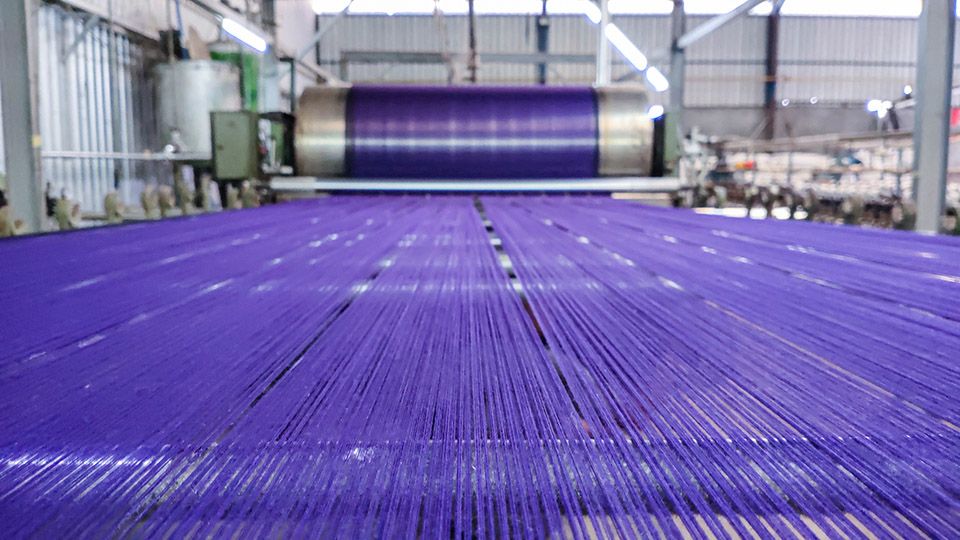Funding from major developed market investors is concentrated in the downstream stages of the textile supply chain, shielding them from the negative harms taking place across the rest of the value chain, according to Planet Tracker’s latest research analysis.
Just four US asset managers, BlackRock, Vanguard, Fidelity and State Street, make up a fifth of all market capitalisation of equity holdings for garment production (the step prior to point of sale).
Conversely, in the early, upstream, stages of the supply chain, large institutional investors and asset managers hold between only a quarter (for raw material manufacturing) and a sixth (for fibre production and fabric manufacturing). Instead, holding companies and larger conglomerates are the major equity owners at these upstream stages.
“We find investors operating in the countries where most textiles are consumed are often shielded from the negative environmental impacts that take place before clothing reaches stores. However, these investors have the power to transform corporate behaviour and drive the move to a sustainable textiles industry,” said Richard Wielechowski, senior investment analyst at Planet Tracker.
“Whether it is through proxy voting or investment decisions, it is imperative institutional investors and asset managers push brands to take ownership of the environmental harms across value chains.”
The new report, Follow the (Money) Thread, builds on previous research which analysed almost 3,900 companies across the textile supply chain, highlighting poor supply chain visibility and limited direct control of most of the negative environmental impacts of the industry by retail companies and investors.
Previously, Planet Tracker has sought to encourage investors to actively seek opportunities to directly invest in the supply chain of textiles producers, and take advantage of JVs or pooled debt to affect change. They also advocated for investors to continue to pressure brands to insist on transparency from Tier 2 and 3 suppliers to encourage them to invest in supply chain improvements.








